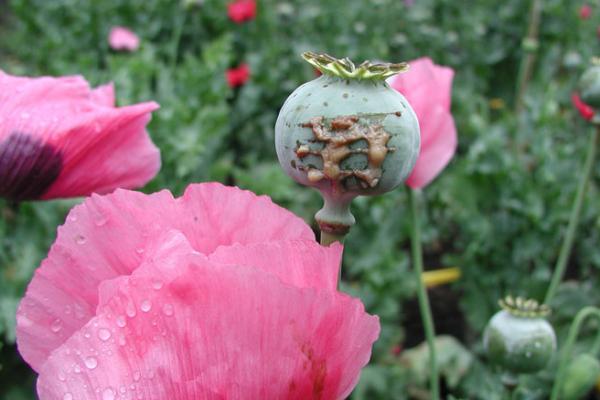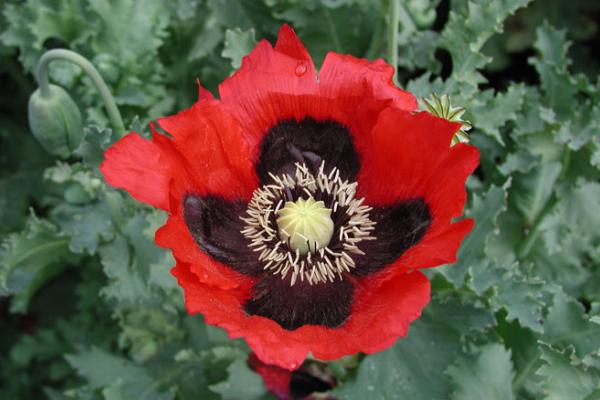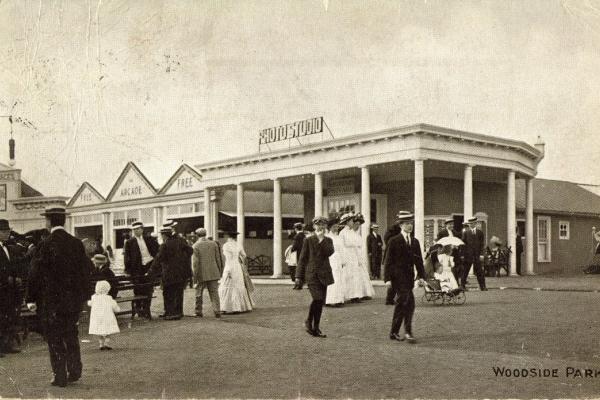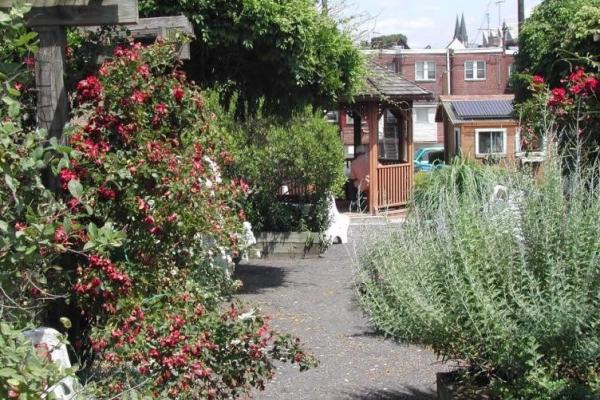Advanced Search

President Lyndon Baines Johnson (1963–1969), who orchestrated the Great Society social welfare programs of the mid-1960s, crippled his presidency by escalating the Vietnam War and honoring the Pentagon’s persistent demands for more troops. From 1965, Dr. Martin Luther King Jr. was the nation’s most controversial critic of the Vietnam War and its sapping of resources from Johnson’s social welfare programs; he and Johnson stood at loggerheads on “guns vs. butter,” and King became persona non gratis in Washington.
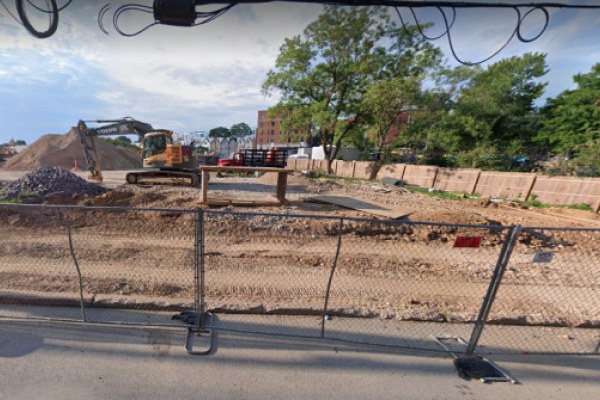
This Google image of July 2019 shows the construction fence on the Filbert St. side of the former high school; the trees and vestigial greenspaces beyond the temporary wooden fence at right were removed shortly thereafter.
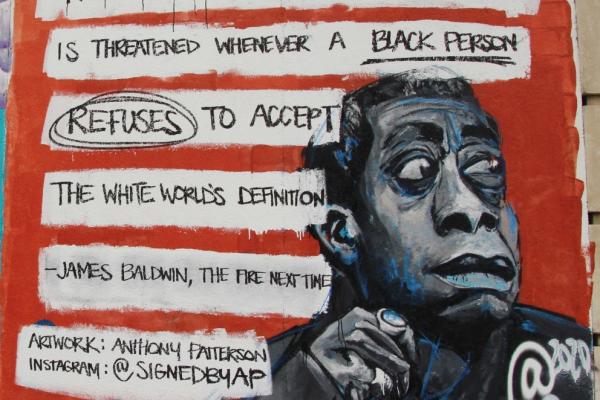
James Baldwin, the provocative writer who understood the radical ideas that bonded Malcolm X and Dr. Martin Luther King Jr.
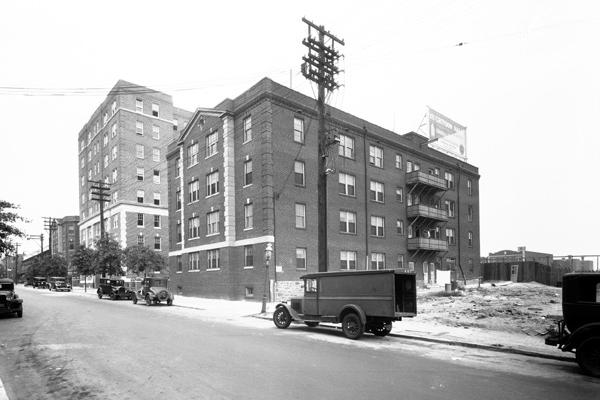
Since the late 1920s, the “E”-shaped Croydon, an eight-story apartment building with two four-story north and south wings, has formed a backdrop for the athletic field at 48th and Spruce streets. Facing S. 49th Street between Spruce and Locust, the Croydon has a checkered past. By the turn of the Millennium, the once-thriving 127-unit edifice stood shuttered, crumbling, and in tax arrears. Known in counter-cultural circles as “Paradise City,” the abandoned building attracted hobo-like squatters, some brandishing guard dogs, from around the country. In recent years, Orens Brothers Real Estate, Inc., a Center City firm, has renovated the once-decaying complex and offers upgraded 1- and 2-bedroom rental units.
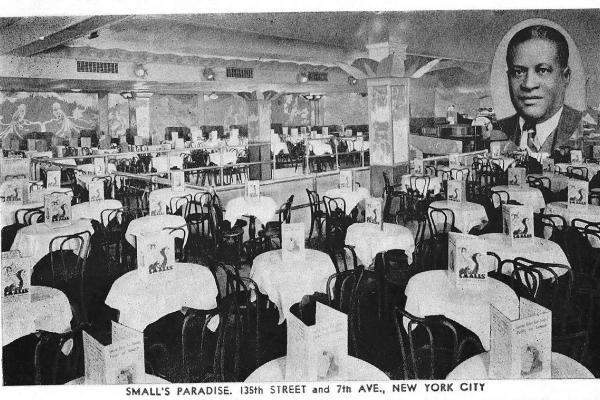
The Paradise Room at Smalls Paradise in New York. The man pictured at upper right is Ed Smalls, founder of the club and its owner. While working here, Malcolm Little learned the nuances of New York’s numbers racket. Smalls fired him in the fall of 1943.
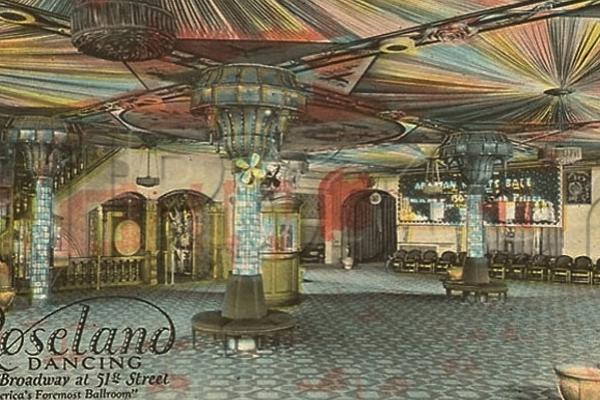
Roseland Ballroom, Boston, where Malcolm Little worked for a short while in 1941, using this venue as a staging ground for various street hustles.
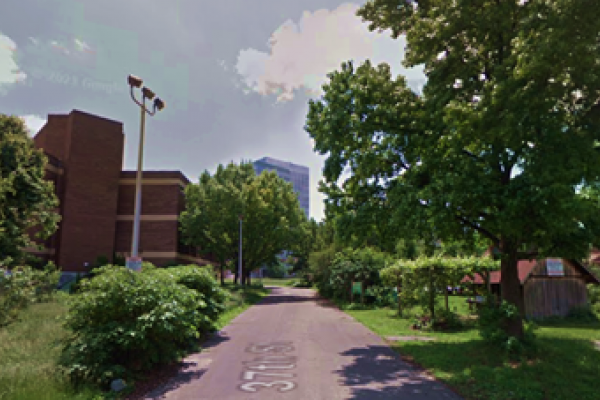
This Google image of May 2014 shows the relationship of the two doomed schools, UCHS & Drew Elementary, along the line of 37th St.
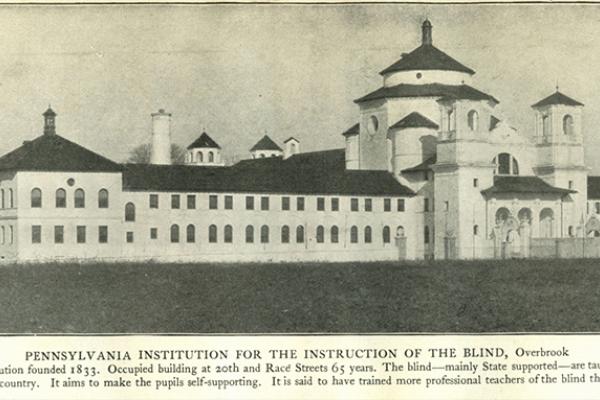
Pennsylvania Institution for the Instruction of the Blind, founded in 1832, relocated in this Spanish Renaissance building designed by the architectural firm of Cope & Stewardson, 1898-1899; later renamed the Overbrook School for the Blind.
